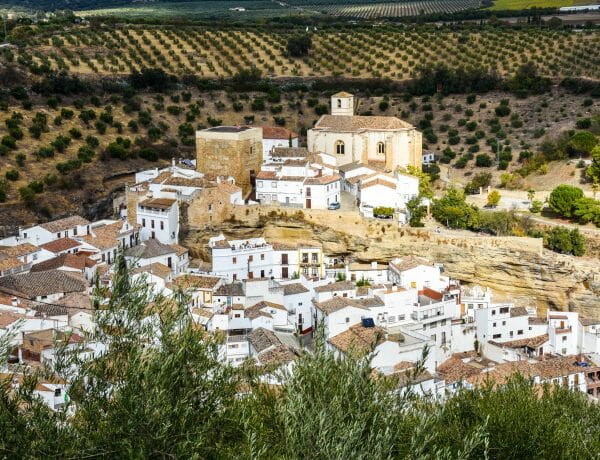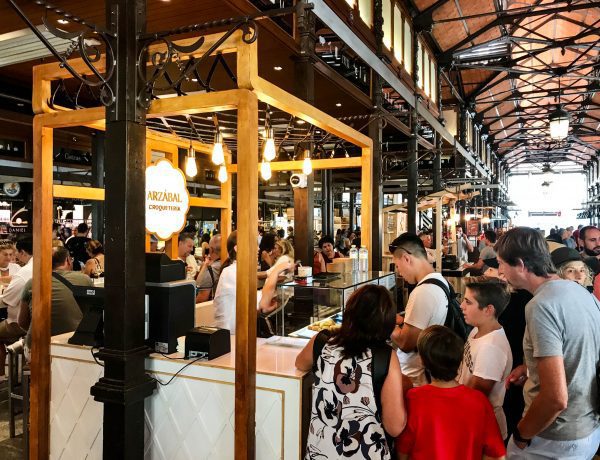

“No man is an island, entire of itself; every man is a piece of the continent”
John Donne
Please note: The Faroe Islands are not a country; they are part of the Kingdom of Denmark. That said, they are a self-governing territory that is distinctly separate from Denmark. As a result, we felt they deserved their own dedicated travel guide.

Top Six Destinations In Faroe Islands
- Sørvágsvatn (Leitisvatn) Lake: The largest lake in the Faroe Islands, is a must-see due to its unique visual illusion that makes it appear to hover above the ocean. This popular spot offers incredible hiking and photography opportunities, with breathtaking views from the nearby cliffs, especially Trælanípa.
- Mykines Island: A paradise for bird watchers, known for its abundant birdlife, including puffins and gannets. The island’s rugged terrain and scenic cliffs provide spectacular hiking opportunities, and Mykineshólmur, a small islet connected by a footbridge, features a picturesque lighthouse.
- Gásadalur Village: Famous for its iconic waterfall, Múlafossur, which cascades directly into the ocean. The waterfall offers panoramic views of the surrounding mountains and ocean. Due to its dramatic scenery, this village is one of the most photographed spots in the Faroe Islands.
- Tórshavn: The capital city is the cultural and economic heart of the Faroe Islands. It boasts charming old town areas with colorful houses, vibrant harbors, and historical sites like Tinganes. The city serves as a gateway to explore the rest of the islands, offering numerous amenities and activities.
- Saksun: A picturesque village within a natural amphitheater with a lagoon that opens to the sea at high tide. It features traditional turf-roofed houses and a beautiful old church, with excellent hiking trails providing stunning views of the surrounding area.
- Kirkjubøur: Known as the most historically significant village in the Faroe Islands, it offers insights into the islands’ medieval past with the ruins of Magnus Cathedral and the 900-year-old farmhouse, Roykstovan. This village overlooks the sea and nearby islands, providing a serene and picturesque setting.
Did you know?
Country Stats
- Population: Approximately 54,000 (as of 2023).
- Area: 1,399 square kilometers (540 square miles).
- Number of Islands: 18 major islands.
- Language: Faroese (primary) and Danish (secondary).
- Capital City: Tórshavn.
- GDP per Capita: Around $54,000 USD.
- Currency: Faroese króna (pegged to the Danish krone).
- Government: The Faroe Islands are a self-governing territory within the Kingdom of Denmark.
- Political System: Parliamentary representative democratic dependency. Legislative power is in the Denmark government and the Løgting, the Faroese Parliament.
- Denmark’s Role: They rely on Denmark for defense, foreign policy, and the judicial system.
- Prime Minister: Aksel V. Johannesen
- Head of State: Monarch of Denmark Queen Margrethe II
- Highest Point: Slættaratindur, 880 meters (2,887 feet) above sea level.
- Average Annual Temperature: Approximately 7°C (45°F).
- Annual Rainfall: About 1,200 mm (47 inches).
- Internet Penetration: Approximately 97%.
- Primary Industries: Fishing and aquaculture.
- Electricity Production from Renewables: Over 50%.
- Road Network: Approximately 960 kilometers (600 miles).
- Main Airport: Vágar Airport.
- Life Expectancy: Around 81 years.
- Mobile Phone Penetration: 114% (more phones than people).
- Tourist Arrivals: Approximately 100,000 annually.
- UNESCO World Heritage Sites: None (as of 2023, but several sites are on the tentative list).
- Literacy Rate: Near 100%
- Life Expectancy: 81 years old
Fun Facts
- The Faroe Islands are home to more sheep than people.
- Faroe Islands is the land of 10,000 waterfalls.
- There are no McDonald’s or Starbucks in the Faroe Islands.
- The islands are famous for their traditional wool knitwear, including sweaters known as “Faroese jumpers.”
- The Faroe Islands have their own national football team, which competes in international competitions.
- The archipelago experiences around 260 rainy days a year.
- The Faroe Islands have over 1,000 kilometers of coastline.
- The unique language, Faroese, is a derivative of Old Norse and is closely related to Icelandic.
- The famous “sheep viewpoint” on the island of Kalsoy features a statue of a man looking out to sea.
- The Faroe Islands have several Viking-era sites and remnants.
- There is no railway system in the Faroe Islands.
- Puffins are a common sight, and the islands are a popular spot for birdwatching.
- The Faroe Islands’ flag is “Merkið,” which means “the banner” or “the mark.”
- The islands are a prime location for whale watching, especially pilot whales.
- Tórshavn, the capital, is one of the smallest capital cities in the world in terms of population.
- The Faroe Islands have one of the highest rates of mobile phone penetration in the world.
- A traditional Faroese delicacy is fermented lamb, known as “ræst kjøt.”
- Faroe Islands have 18 major islands and only 1 of them is not lived on.
- The Faroe Islands are known for their dramatic landscapes, with steep cliffs, rocky coastlines, and green valleys.
- The island of Vágar is home to the impressive Sørvágsvatn, a lake that appears to float above the ocean due to an optical illusion.
- The Faroe Islands use a special type of turf-roofed houses, which help insulate homes and blend into the landscape.
Faroe Islands Map
Good to know before you go
- In the Faroe Islands, tipping is not a common practice and is generally not expected. Service charges are typically included in the bill at restaurants and cafés, so there is no need to tip. However, if you receive exceptional service, leaving a small tip or rounding up the bill is appreciated but not necessary. Tipping hotel staff, including housekeeping and bellhops, is also not customary, though a small tip for exceptional service can be given if you wish. While tipping tour guides is not standard practice, you can leave a small tip if you feel the guide provided excellent service. For other services like haircuts or spa treatments, tipping is not common.
- In the Faroe Islands, dress is primarily influenced by the islands’ cool maritime climate, necessitating practical, weather-appropriate clothing. Layering is typical due to the unpredictable weather, with multiple layers helping people stay warm and adapt to changing conditions throughout the day. Waterproof and windproof outerwear is essential, given the frequent rain and strong winds; jackets, coats, and sturdy footwear are designed to keep individuals dry and comfortable. Everyday dress tends to be casual and practical, with jeans, sweaters, and comfortable shoes being common choices. Hats, gloves, and scarves are frequently worn to protect against the cold and wind, especially during the colder months.
- Traditional Faroese knitwear, including sweaters and scarves made from local wool, is popular for its warmth, durability, and distinctive patterns.
- On special occasions and festivals, traditional Faroese clothing featuring colorful, intricately patterned knitwear and other culturally significant garments is worn.
- Driving in the Faroe Islands presents both scenic beauty and unique challenges due to the rugged terrain and narrow, winding roads. The road network is generally well-maintained but can be narrow and winding, especially in rural areas and on smaller islands. Speed limits typically range from 50 to 80 km/h (31 to 50 mph) on main roads, with lower limits on smaller, more winding routes. Weather conditions can change rapidly, with fog, rain, and strong winds common, particularly near coastal areas, necessitating careful driving and adjusting speeds for visibility. Drivers should be cautious of free-roaming sheep and other wildlife, which can appear unexpectedly on roads, especially in rural regions.
- Undersea tunnels and bridges interconnect the islands. Some of them are single-lane, requiring drivers to navigate carefully and yield to oncoming traffic at passing places. The tunnels have tolls and can be pricey.
- Parking in urban areas can be limited, and adherence to parking regulations is essential to avoid fines or towing.
- The Faroe Islands offer a high quality of life anchored in a unique blend of natural beauty, community cohesion, and modern amenities. Known for its safe environment with low crime rates, residents enjoy a sense of security that complements the islands’ pristine landscapes and clean air.
- The healthcare system is robust, providing accessible and high-quality medical services. Education is of great value, with well-developed public schools and opportunities for higher learning.
- The Faroese culture, steeped in tradition and community spirit, fosters a strong sense of belonging, which is celebrated through arts, music, and local festivals. Despite being largely reliant on fishing and aquaculture economically, efforts are ongoing to diversify industries, promoting a balanced work-life environment.
- Infrastructure is well-maintained, supporting efficient transportation and utility services across the archipelago.
- Public restrooms in the Faroe Islands are generally clean and well-maintained, reflecting the overall high standards of hygiene on the islands. You can find public restrooms in various locations such as tourist information centers, restaurants, cafes, and public buildings like libraries and museums. In more remote or rural areas, facilities may be less frequent, so it’s advisable to plan restroom breaks accordingly when exploring outside urban centers. Many public restrooms may require a small fee for use, typically paid using coins, so it’s helpful to carry some local currency.
- This controversial tradition of Grindadrap involves the annual whale hunt, where pilot whales are herded into shallow bays and harvested for meat by residents. While it’s a deeply ingrained cultural practice, it’s also a subject of international debate.
- The Faroese are known for their intricate knitting traditions, producing distinctive woolen garments such as sweaters and shawls. Visitors can appreciate the craftsmanship and often purchase locally-made knitwear as souvenirs.
- The Faroe Islands host various cultural festivals throughout the year, celebrating music, arts, and local traditions. The Ólavsøka Festival in Tórshavn is particularly significant, featuring parades, traditional Faroese rowing competitions, and cultural performances.
- Faroese, a North Germanic language, is the main dialect alongside Danish. Learning a few basic phrases can enhance interactions with locals. Folklore and storytelling also play a significant role in Faroese culture, with tales of mythical creatures and legends passed down through generations.
- Traditional Faroese cuisine often includes locally sourced ingredients such as lamb, fish, and seabirds. Visitors can try delicacies like ræst kjøt (fermented lamb), fish dishes, and homemade pastries.
- The Faroese have a deep respect for their natural surroundings, which are influenced by their remote island lifestyle. Visitors are encouraged to respect local customs, follow hiking and wildlife guidelines, and appreciate the unspoiled beauty of the landscapes.
- Faroese hospitality is warm and welcoming, reflecting the tight-knit community values. Visitors may experience invitations to local homes or cultural events, offering insights into daily life and traditions.
- Dining etiquette in the Faroe Islands is similar to general Scandinavian customs with local nuances.
- It’s advisable to make reservations, especially during peak seasons, and to arrive on time, as punctuality is important culturally.
- Table manners include keeping elbows off the table and avoiding loud behavior.
- Toasts are common, and you should wait for the host to make the first toast before drinking, reciprocating with a toast in return. Start eating only after the host or the eldest person at the table begins, and use utensils correctly, starting from the outside in.
- The Faroe Islands maintain a stable political environment within the broader framework of the Kingdom of Denmark; ongoing discussions and developments reflect the islands’ unique challenges and aspirations for the future.
- In the Faroe Islands, greetings are characterized by warmth and politeness, reflecting the local culture’s emphasis on hospitality and community. Handshakes are common, especially in formal or business settings, accompanied by firm grips and direct eye contact.
- For friends and acquaintances, informal greetings like “Hallo” or “Hei” are typical, often followed by the inquiry “Hvussu gongur?” (How are you?).
- In more formal situations or when addressing elders or strangers respectfully, use phrases such as “Góðan dagin” (Good day) or “Góðan morgun” (Good morning). Farewells are often “Farvæl” (Goodbye) or “Góðan dagin aftur” (Good day again).
- It is a very safe country.
Faroe Islands Essential Info
U.S. Consular Emergency
The 24-hour number from the U.S. is 1-888-407-4747
Outside of U.S. 011-202-501-4444
U.S. Embassy Copenhagen
Dag Hammarskjölds Allé 24
2100 Copenhagen
Denmark
Telephone
+(45) 3341-7100
Emergency
+(45) 3341-7400
Fax
+(45) 3538-9616
Email
copenhagenACS@state.gov
Website
https://dk.usembassy.go
Emergency Numbers
GENERAL 112
Medical 1870
Country Code
+298
Time Zone
UTC+1
Adaptors for the Faroe Islands
“Standard” Euro plug
Type C or F
Driving
Right side
Official Faroe Islands online travel guide
When to go to the Faroe Islands
The best time to visit the Faroe Islands is during the late spring and summer months, from May to August. During this period, the islands experience milder weather, longer daylight hours, and a vibrant landscape in full bloom. Here’s why this time of year is ideal:
- Weather: The weather is relatively mild, with average temperatures ranging from 10°C to 15°C (50°F to 59°F). While the Faroe Islands can be unpredictable with frequent changes, summer offers the most stable and pleasant conditions.
- Daylight: The long daylight hours, especially around the summer solstice in June, provide ample time for exploring and enjoying outdoor activities. The phenomenon of “midnight sun” means you can experience extended daylight, perfect for hiking, sightseeing, and other adventures.
- Bird Watching: Summer is the best time for birdwatching, as many migratory birds, including puffins, return to the islands to nest. The Faroe Islands are renowned for their bird colonies, and visitors can observe these birds up close.
- Festivals and Events: Several cultural festivals and events take place during the summer months, such as the Ólavsøka Festival in July, which is a major cultural celebration featuring traditional Faroese rowing, music, dance, and parades.
- Outdoor Activities: The favorable weather and extended daylight make summer ideal for outdoor activities like hiking, boating, fishing, and exploring the stunning landscapes and dramatic coastlines.
While the Faroe Islands can be visited year-round, with each season offering its unique charm, late spring, and summer provide the most comfortable conditions and the best opportunities to experience the natural beauty and cultural richness of the islands.
Our Favorite Faroe Islands Resources
This resource section contains some Amazon affiliate links. If you use these links to buy something, we may earn a small commission at no additional cost to you. Thank you!
Travel Books/Guides
Faroe Islands (Bradt Travel Guides) Paperback – July 1, 2024
This new, thoroughly updated sixth edition of Bradt’s Faroe Islands remains the only English-language guide to this isolated, unspoiled Nordic archipelago, home to Tórshavn (the world’s smallest capital), and where there are twice as many sheep as people – meaning that it’s still possible to discover a way of life that is fast disappearing elsewhere in Europe. In this place, sheep were fitted with cameras to help film for Google Streetview (locally dubbed Google ‘Sheepview’).
Our favorite websites
1. Official Faroe Island Tourism Office
2. U.S. Department of State: Bureau of Consular Affairs Faroe Islands Country Info
We cannot encourage you enough to visit this website as you plan and prepare for your trip. The U.S. Federal Government addresses the safety, security, travel risk, entry, exit, visa documents mandates, emergency U.S. and Embassy contacts, health, local laws, exceptional circumstances, threats, traveler vulnerabilities, government warnings, and transportation in Switzerland. This is your best and most reliable resource for all this critical info. Check back often before you go, as things can change quickly. Being prepared is essential in all travel, but especially internationally.
3. The Center for Disease Control and Prevention (CDC) Faroe Islands Travelers Health Resource
This CDC travel resource provides essential health info for your specific destination. Using their tool, you can determine which vaccines, medications, and health advice recommendations are needed for the Faroe Islands.
Our favorite apps
Google Maps: Trip and Holiday Organizer. The app instantly displays all your travel options, restaurants, activities, and accommodations when you enter any address, landmark, or city. We have come to rely on it when using public transportation; it has been flawless in getting us on the right bus or metro. Find it on your App Store.
Duolingo-Language Lesson Audio lessons that help improve your listening and speaking skills. Find it on your local App Store.
Google Translate: We use this often to practice proper pronunciations of any language we encounter while traveling. As we always encourage, it is essential to learn the basics of greeting and thanking people in the local language. Google Translate was an easy app to use. If needed, you can enter text in English, and it will speak back in the language you need to aid in communicating with locals.
Do you have a favorite Faroe Islands travel resource? Share your favorites in the comments section at the bottom of this page or
Flights, Accommodations, and Everything You Need to Book in One Place
Are you planning a vacation this year? Start your research early to explore your options and find what fits your budget. By booking your own travel, you’ll uncover great deals and have complete control over your itinerary. The links below can be used for all elements of your trip, not just accommodations.
It is essential to price out accommodations on various sites. Expedia is a US-based company, whereas Booking.com is Europe-based. Not all properties appear on both, so it is ideal to check both out. Our personal first choice is Booking.com. If the establishment has a website, check the price there as well. Click the link below to check out hotels and vacation homes in the area. It may be just the motivation you need to start planning that next grand adventure.
© 2025 Wanderers Compass All Rights Reserved
Photo Gallery


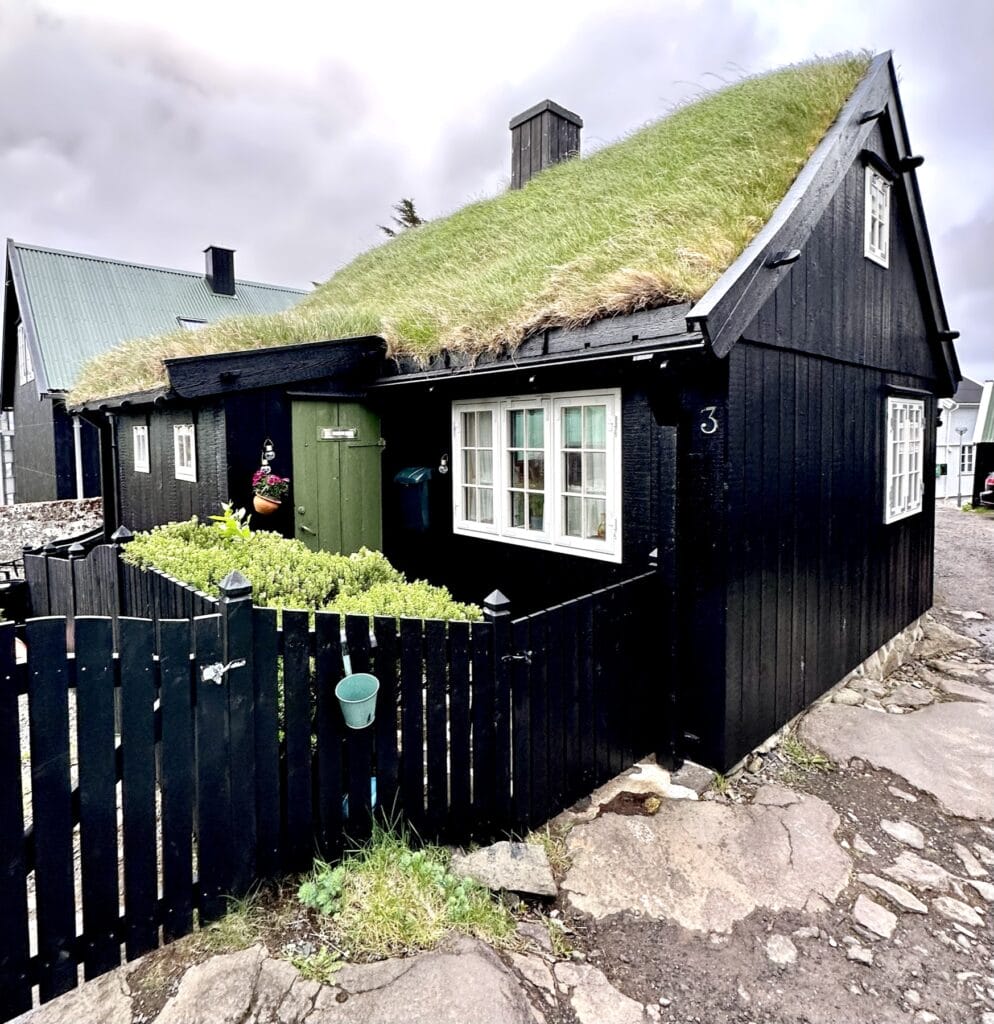
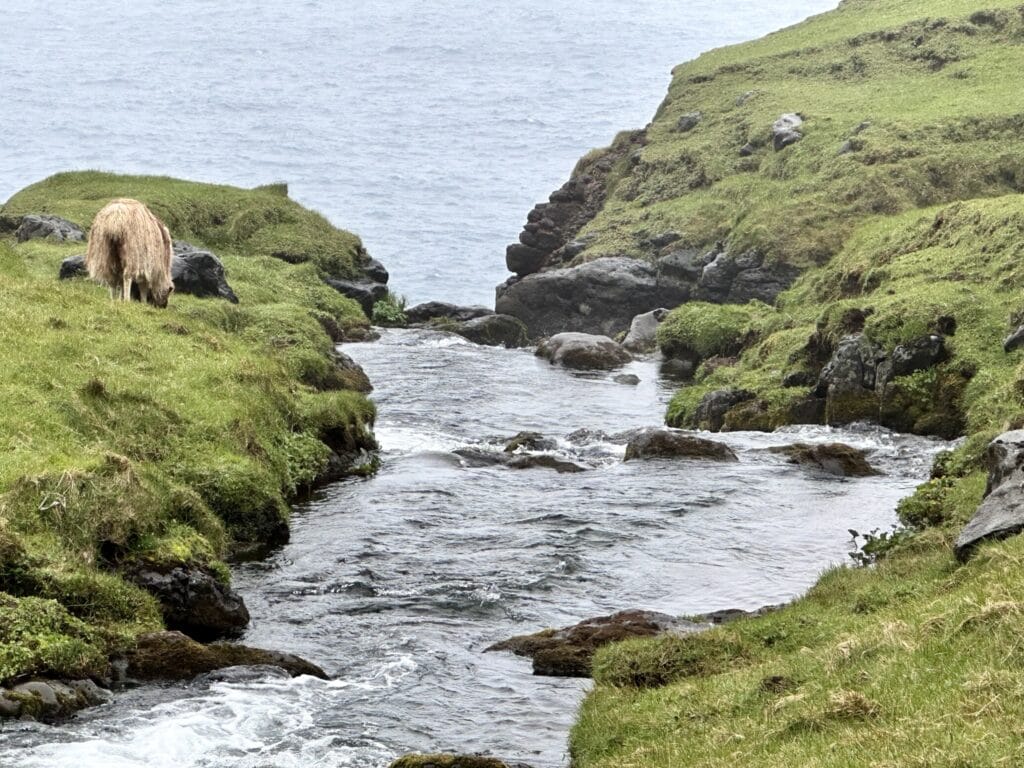










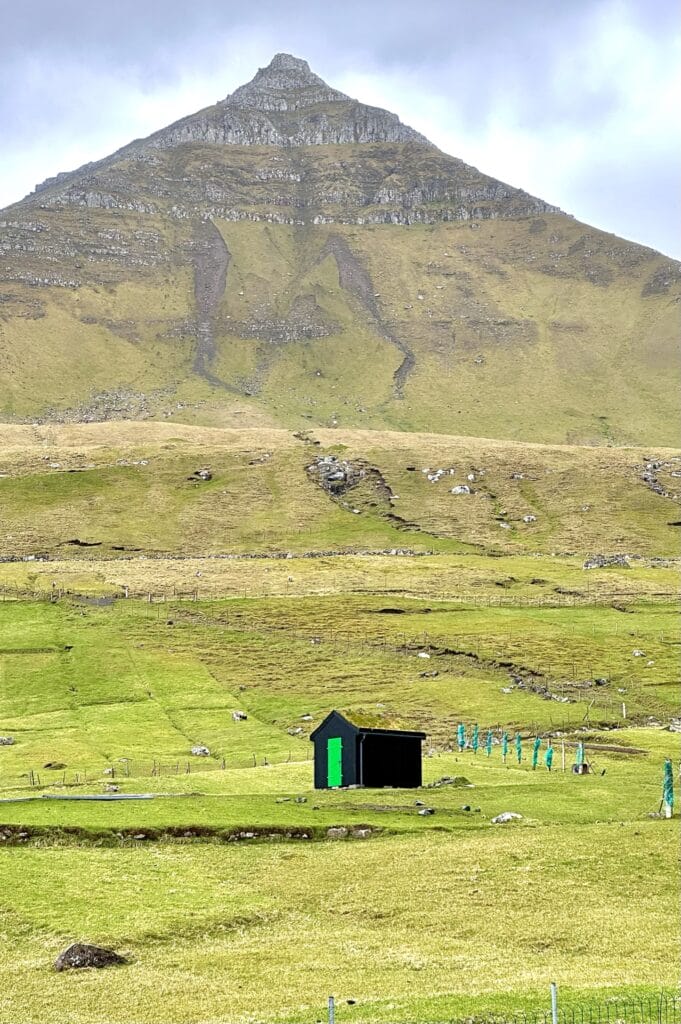





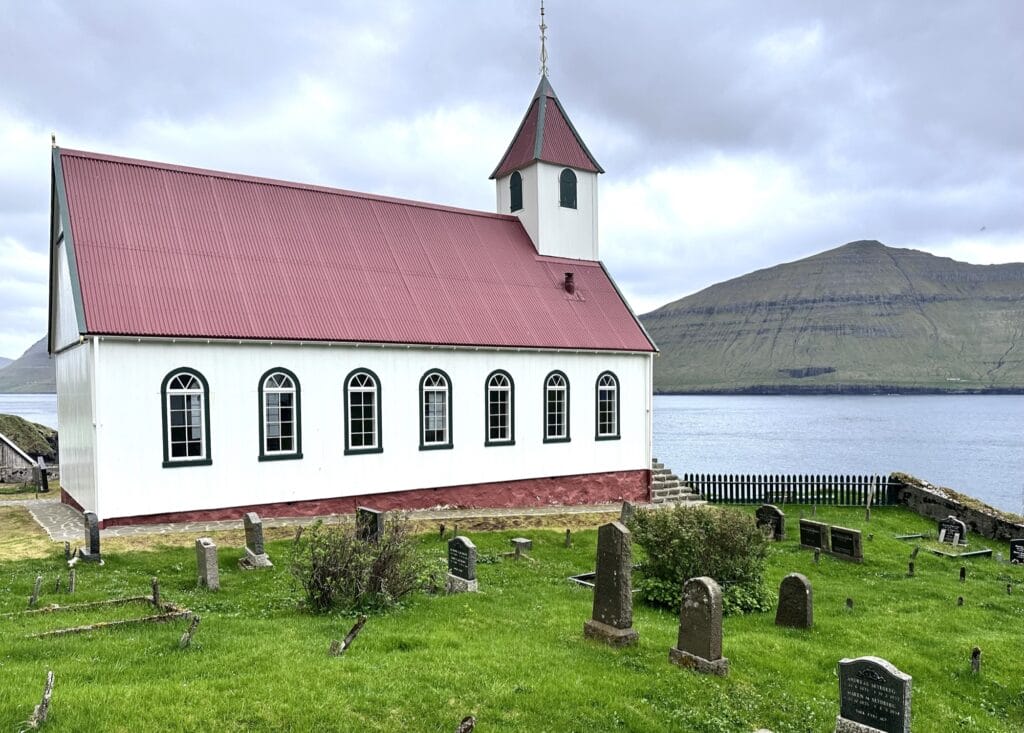
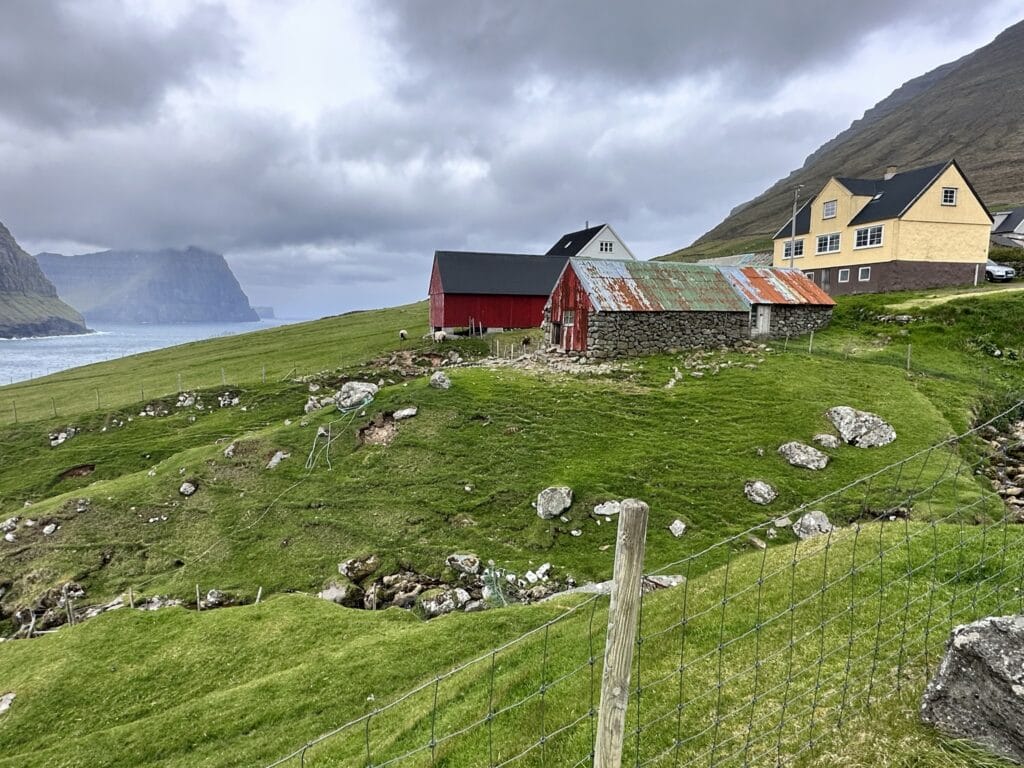


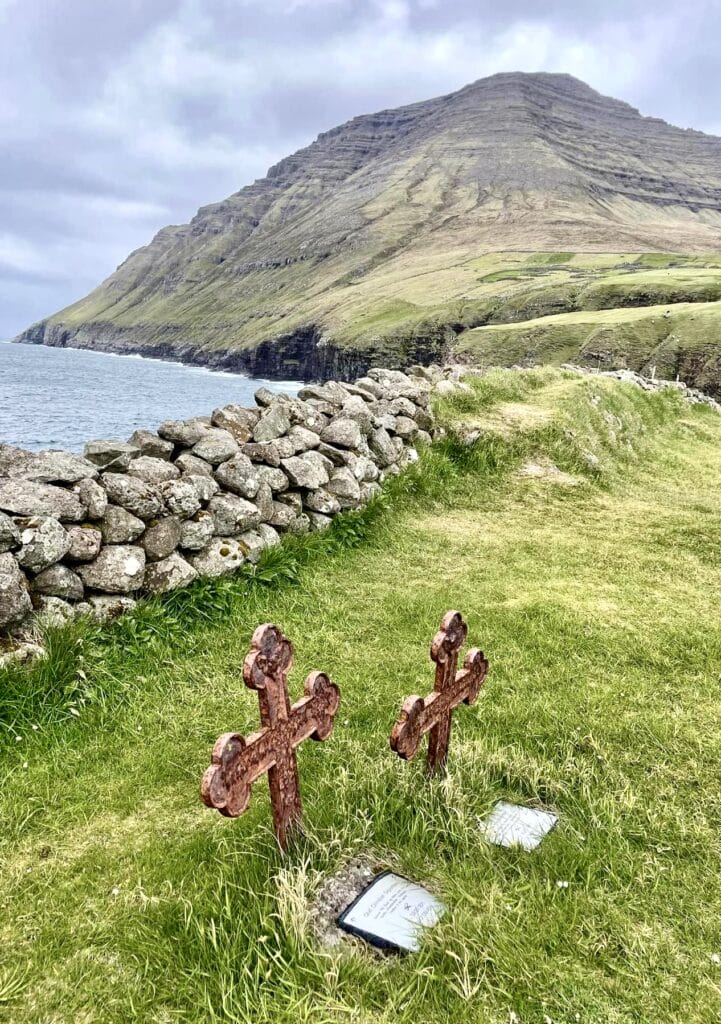






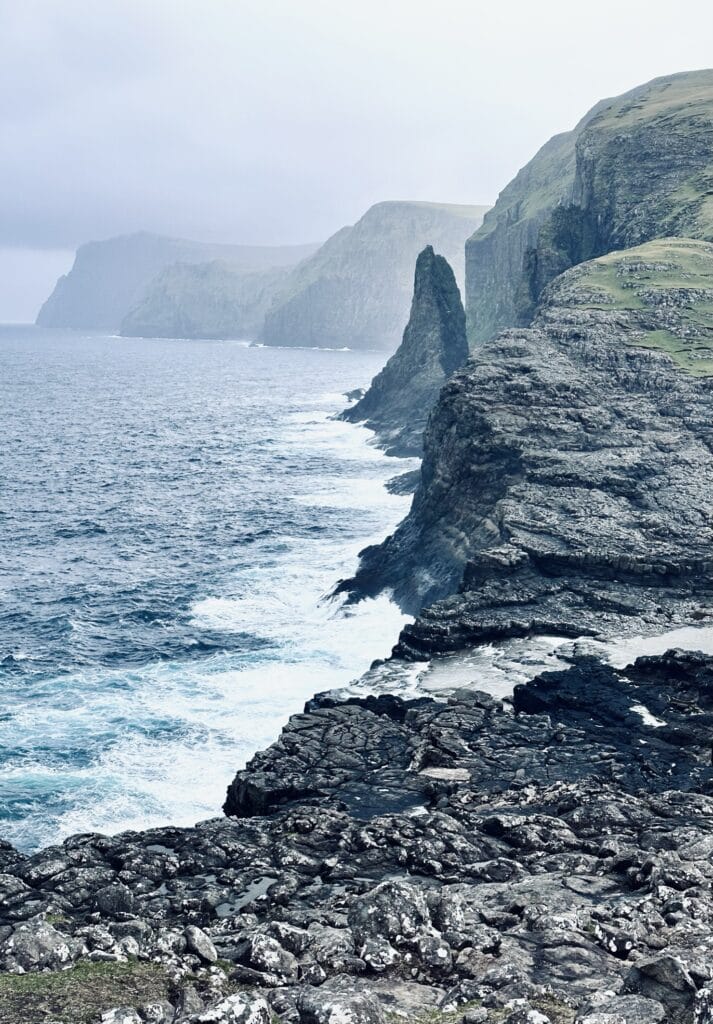






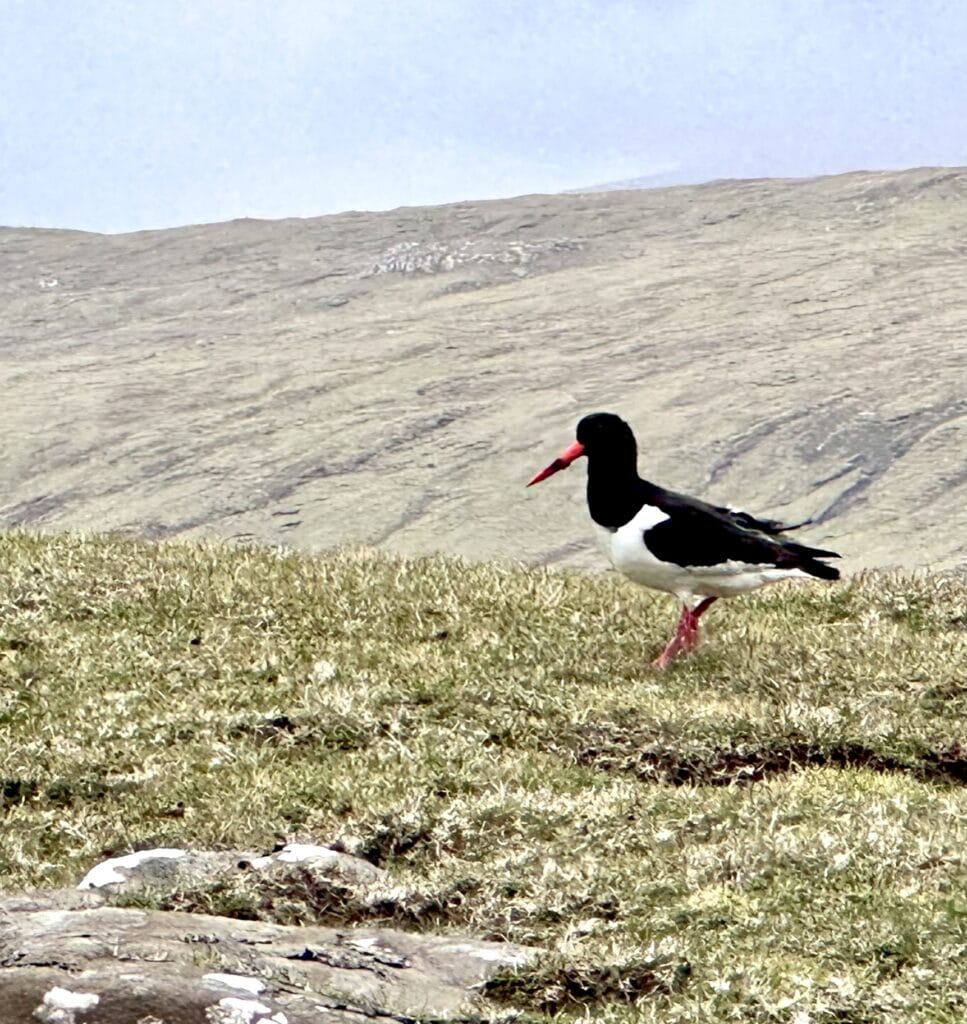


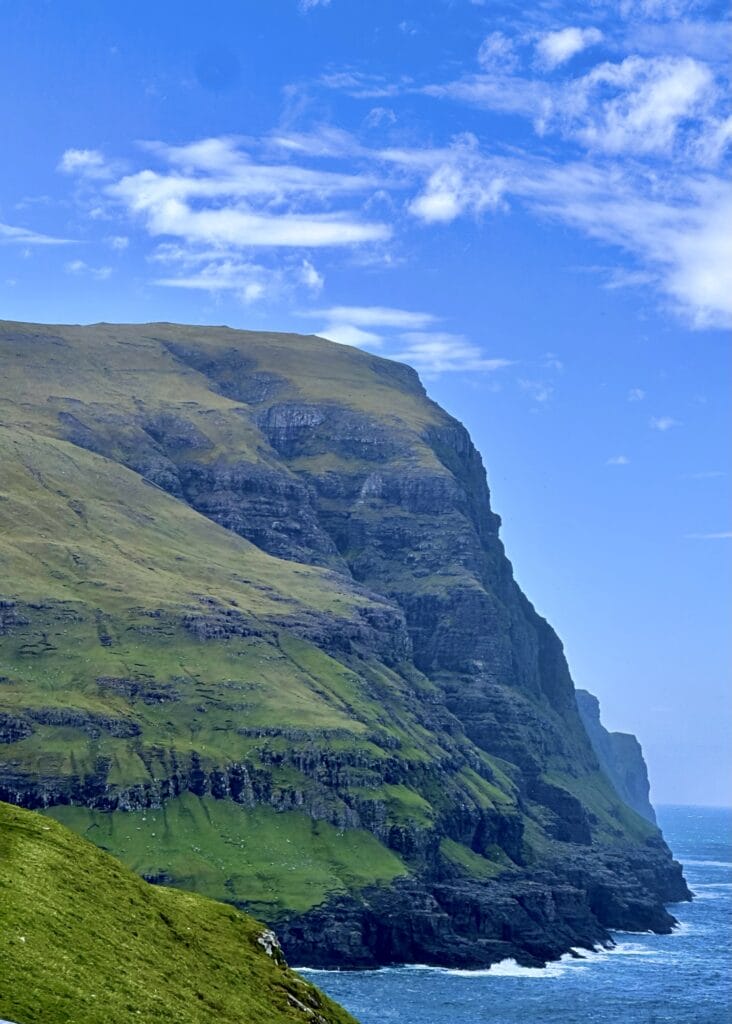





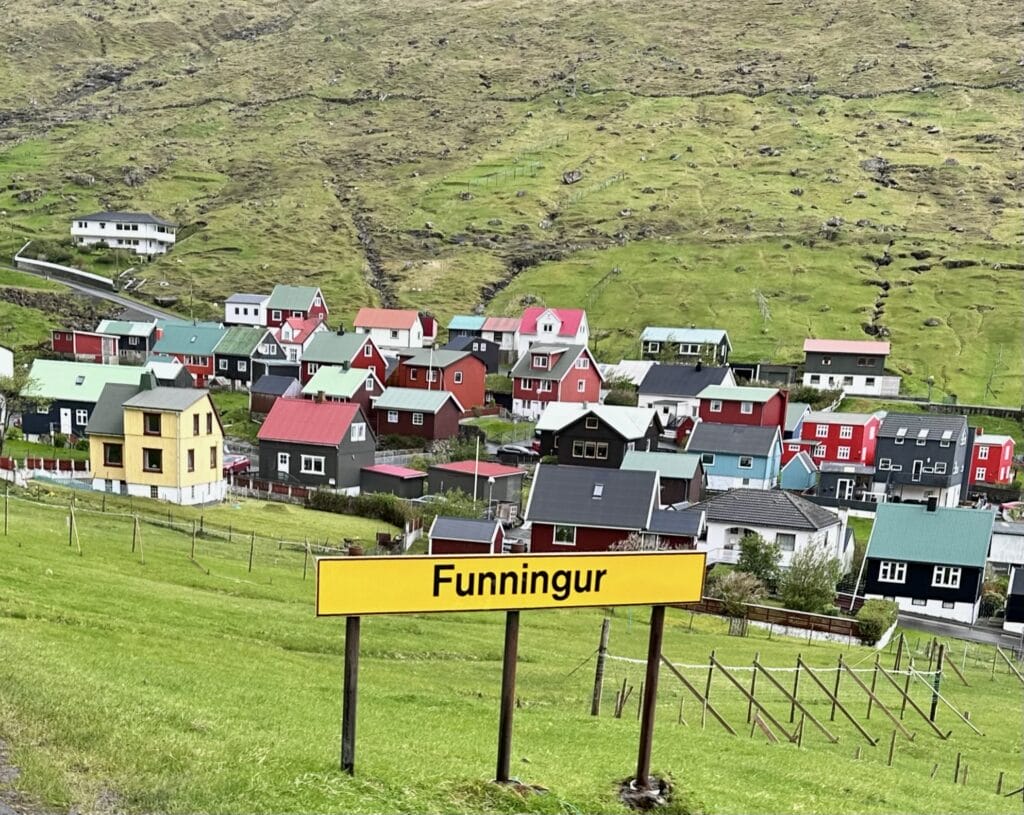










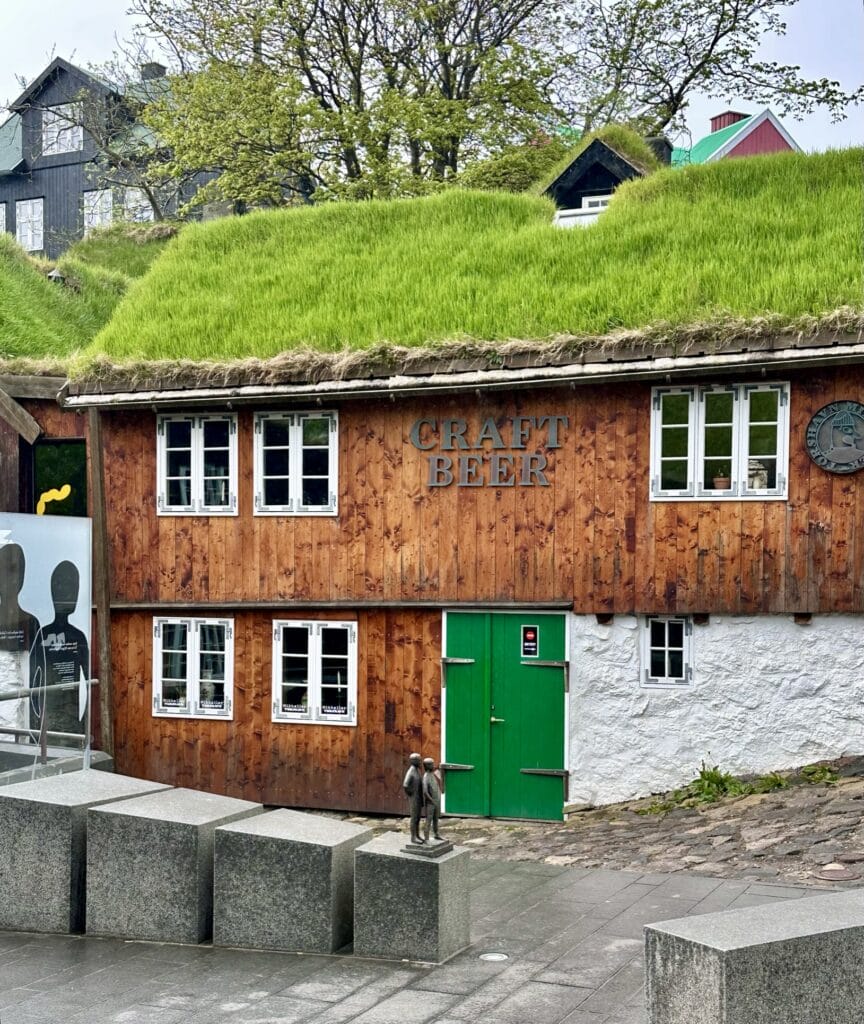

















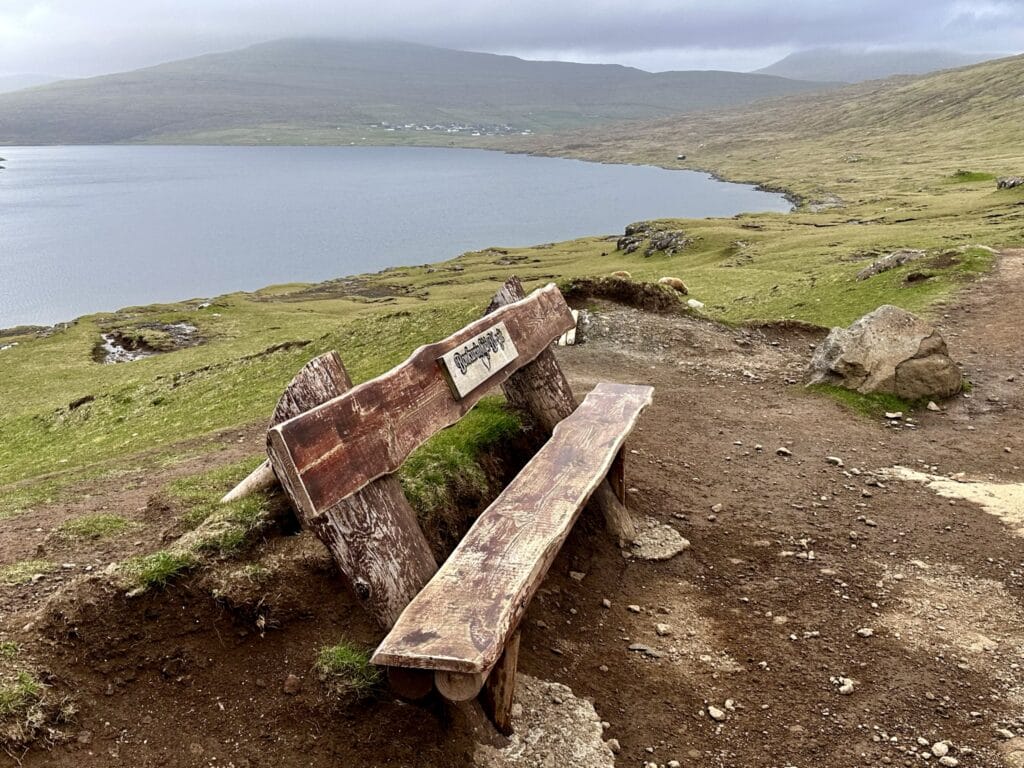







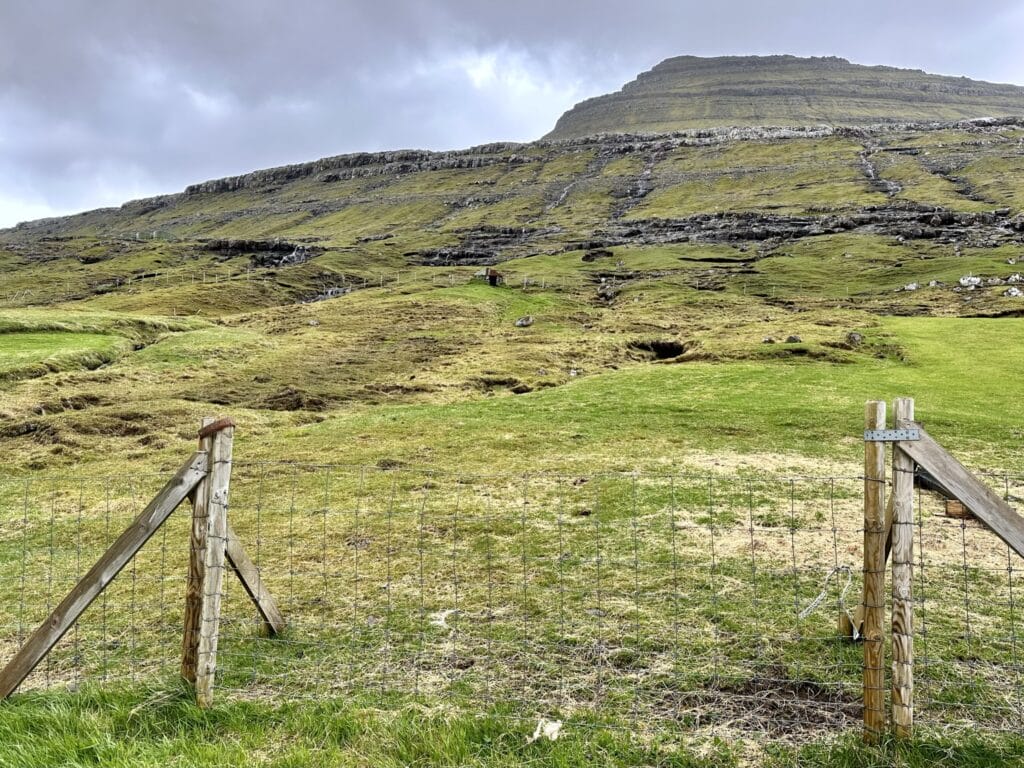




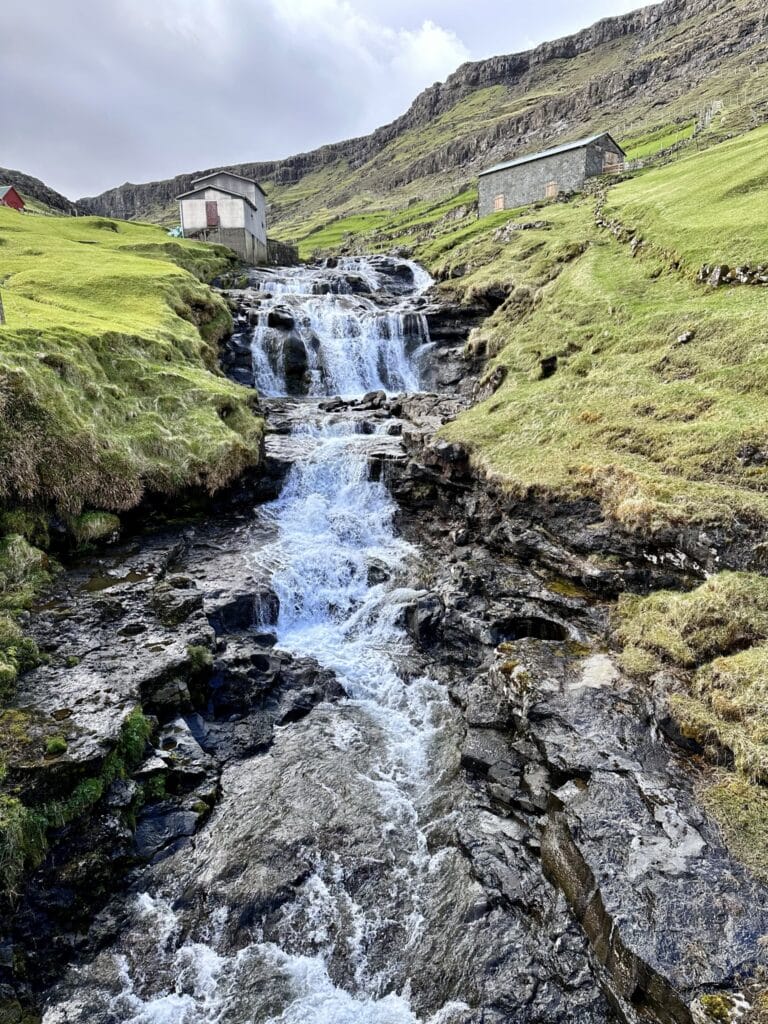
Our Top Recommended Travel Products
Travel Insurance
Squaremouth.com
Our favorite travel insurance site!
We strongly advocate for comprehensive travel insurance, not only for minor inconveniences but also for major, unexpected events like medical emergencies. We never leave home without it. Our go-to resource is Squaremouth.com. which offers a user-friendly platform that connects you with top-rated, reputable insurance carriers. Plus, they’ll mediate on your behalf if you run into any issues.
To empower you as a consumer, we recommend you read our blog post on why travel insurance is essential and how to secure the best coverage from leading companies at an affordable price.
MedjetAssist
Medical transport back home from anywhere in the world
Medjet is a leading provider of global air medical transport. Unlike traditional travel insurance, which typically covers medical evacuation to the nearest facility, Medjet goes further by ensuring you’re transported back to the U.S. to the hospital of your choice once you’re stable enough to fly. Medjet offers membership plans that focus on medical transport, while Medjet Horizon provides expanded coverage for broader protection. Individual trip policies start at just $99, and annual policies are available for around $300. Most policies have an age limit of 74.
To learn more about how Medical Evacuation membership with Medjet Assist works, check out our blog post for a more detailed review.
Accommodations and Airfare
Booking.com
Hotels, Home rentals, BNBs, Flights, and other Transportation & Tours
Booking.com connects millions of travelers to unforgettable experiences, a wide range of transportation options, and incredible places to stay—from homes to hotels and beyond. As one of the world’s largest travel marketplaces, it supports well-known brands and entrepreneurs of all sizes. For its convenience, variety, and reliability, it’s our preferred booking platform.
Transportation
Expedia and VRBO
Hotels, home rentals, BNBs, flights, and other transportation & tours
Expedia is a U.S.-based company with a mission to make global travel accessible to everyone, everywhere. At Wanderers Compass, we embrace independent travel, and platforms like Expedia are essential to making that a reality. Expedia allows you to book every aspect of your trip—from flights and accommodations to rental cars, cruises, and activities—making it a one-stop shop for all your travel needs.
Daytrip
Personalized city-to-city private car transfer service
Daytrip provides an affordable private car service for city-to-city transfers worldwide, and we absolutely love their service. It’s a cost-effective alternative to renting a car, providing comfortable, stress-free travel with the bonus of scenic stops along the way. For example, we used Daytrip for travel between Budapest and Vienna, enjoying some fantastic detours to local attractions. With professional drivers and customizable routes, Daytrip ensures a smooth ride while allowing you to explore hidden gems and unique sights along your journey.
To learn more about how Daytrip, check out our blog post for a more detailed review.
Travel Experiences
Viator
The leading marketplace for travel experiences
Viator believes that travel is all about creating unforgettable memories. With over 300,000 experiences to choose from—ranging from simple tours to extreme adventures, plus a wide array of unique, niche activities—it’s never been easier to make lasting memories. We frequently use Viator during our travels and especially appreciate their flexible cancellation policy, which adds peace of mind to every booking.
Communication products for seamless connectivity overseas
GigSky International eSIM Data Plans
Local Prices. No Roaming. Fastest Networks.
GigSky eSIM effortlessly connects travelers around the globe, eliminating the need to swap physical SIM cards or deal with surprise roaming charges. With affordable data plans and instant activation, you can enjoy reliable internet access in over 190 countries, making your travel experience more convenient than ever. Plus, they offer a fantastic deal: a free 100 MB data plan with no credit card required. They are so confident that you will love their service!
Enjoy 10% off all GigSky Plans (except cruise and inflight) with our discount code WCOMPASS10.
To learn more about how GigSky works, check out our blog post for a more detailed review.
Shopping
Wanderers Compass Amazon Storefront
An excellent source for all travel essentials and guides that we have vetted ourselves
Amazon is one of the world’s most comprehensive online shopping platforms, offering lower prices, a wide selection, and fast delivery through teams worldwide.
This page contains affiliate links. When you purchase through these links, we may earn a small commission at no extra cost to you. Thank you for your ongoing support!
Want to learn about Wanderers Compass?
Check out our most recent blog posts
Presidio: Exploring San Francisco’s Iconic Park
Uncover the charm of the Presidio in San Francisco. This unique park offers a…
April 22, 2025Airline Elite Status Match: A Travel Hack
used my Alaska Airlines MVP status to match into United Gold, and within one…
April 21, 2025Tavira Portugal: Suberb Mix of Tradition & Nature
Uncover the beauty of Tavira, Portugal. Experience its blend of history, authentic culture, and…
April 12, 2025Easter Island: Beyond the Moai
Discover the magic of Easter Island in our latest feature for Food, Wine, and…
April 3, 2025Eze France: Medieval Splendor
Charming Eze, France, is a picturesque hilltop medieval village renowned for its breathtaking panoramic…
April 1, 2025Traveling with Accessibility Challenges: A Lesson in Resilience and Discovery
Traveling with a disability taught me valuable lessons about patience, resilience, and the importance…
March 24, 2025Siena Italy: A Medieval Wonderment
Explore the medieval city of Siena, Italy – a gem in Tuscany. Become captivated…
March 22, 2025Island Hopping on a Caribbean Cruise: The Ultimate Family Vacation
When planning a family island-hopping cruise in the Caribbean, it’s important to consider factors…
March 21, 2025Tokyo Experiences: Unique and Fun Things to Do
Dive into Tokyo’s playful side to see how humor, whimsy, and imagination are just…
March 12, 2025Setenil de las Bodegas: An Andalucia Wonder
Setenil de las Bodegas, a picturesque village in southern Spain, is renowned for its…
March 9, 2025Uncovering the Secrets of Lesser-Known Caribbean Islands for Your Next Getaway
The Caribbean offers both popular destinations and lesser-known islands with unique experiences, from serene…
March 1, 2025Mercado de San Miguel: Best of Madrid
When it comes to gastronomic markets one of best to be found in Europe…
February 23, 2025










